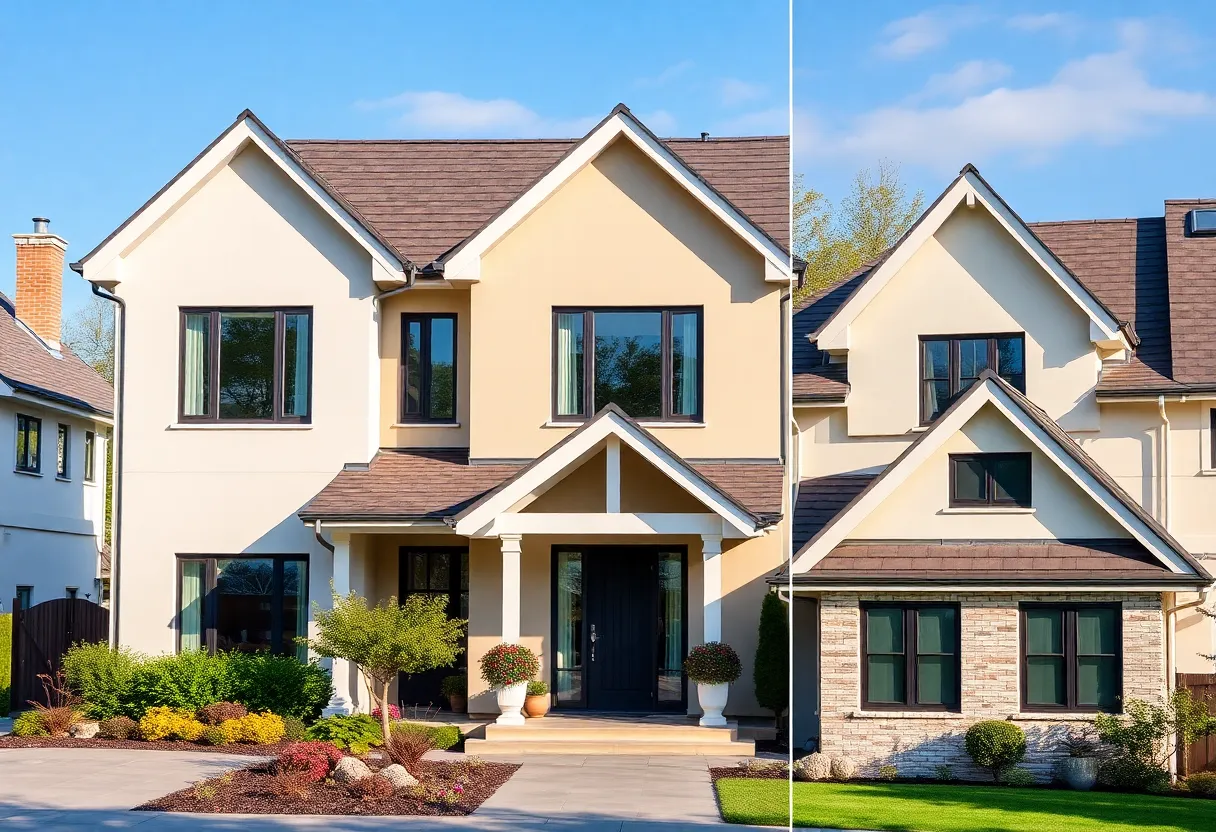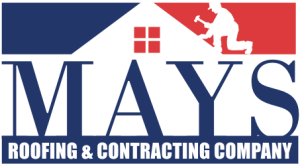

Exploring various roof shapes: flat, gable, and hip
Article Sponsored by:
Mays Contracting is more than just a roofing company; it’s a family legacy built on trust and quality. Founded in 1979, we’ve been serving the community for over four decades. Our story began with a simple vision: to provide exceptional roofing services for both residential and commercial properties. This vision has guided us ever since, as we’ve grown from a small, family-run operation to a trusted name in the industry.
Want to target the right audience? Sponsor our site and choose your specific industry to connect with a relevant audience.
Prominent brand mentions across targeted, industry-focused articles
High-visibility placements that speak directly to an engaged local audience
Guaranteed coverage that maximizes exposure and reinforces your brand presence
Interested in seeing what sponsored content looks like on our platform?
May’s Roofing & Contracting
Forwal Construction
NSC Clips
Real Internet Sales
Suited
Florida4Golf
Click the button below to sponsor our articles:
Sponsor Our ArticlesChoosing the right roof shape for your home is an essential decision that impacts its functionality, style, and longevity. A roof is not just a protective covering; it contributes to the aesthetic appeal and overall architecture of your residence. This article explores the various roof shapes, their benefits, and considerations to help you make an informed decision.
Roof shapes can be broadly categorized into three primary types: flat, gable, and hip. Each of these shapes has unique characteristics and advantages that cater to different needs and aesthetic preferences.
Flat roofs are characterized by a level surface, with a slight slope for drainage. They are commonly found in modern and minimalist designs. Here are some key points regarding flat roofs:
Gable roofs feature two sloped sides that meet at a central ridge, forming a triangular shape. This is one of the most popular roof styles found in residential homes. Consider the following aspects:
Hip roofs are similar to gable roofs but feature slopes on all four sides. This design provides a more stable structure. Here are several important considerations:
Many factors influence the choice of roof shape. Here are key aspects to evaluate:
Your local climate is a significant factor. Areas with heavy snowfall may benefit from steeply pitched roofs, such as gable and hip roofs, to prevent snow accumulation. Conversely, flat roofs might suit warmer climates where heavy precipitation is less common.
The roof shape should align with the overall architectural style of your home. A contemporary home may favor a flat roof, while a traditional home could look best with gable or hip configurations. Choose a roof shape that enhances the visual balance of your structure.
Consider your lifestyle and how you intend to use the space beneath your roof. If additional living or storage space is a priority, gable or hip roofs may be more suitable due to their attic potential. Flat roofs could work well for rooftop gardens or solar panel installation.
Budget constraints play a crucial role. Flat roofs are generally less expensive to construct. Gable and hip roofs, while potentially higher in upfront costs, often offer greater long-term value through durability and functionality.
Some roof shapes require more maintenance than others. Flat roofs may need more frequent inspections and maintenance to prevent leaks, while sloped roofs may require periodic cleaning to remove debris. Assess your willingness and ability to maintain the roof shape you choose.
Beyond practicality, aesthetics play a crucial role in your decision. Here are some popular roof shapes with distinct visual impacts:
A Saltbox roof is a variation of the gable design, characterized by one long slope and one short slope. This asymmetrical shape results in an appealing and unique profile. It is particularly favored in colonial-style homes.
The skillion roof features a single, slanting surface. This modern design brings a dynamic aesthetic. Often used in contemporary architecture, it allows for expansive windows and ample natural light.
The mansard roof consists of two slopes on each side, with the lower slope being steep. This design not only enhances the visual appearance but also creates additional living space under the roof, ideal for attics or dormers.
Butterfly roofs are an inverted version of the traditional gable shape, resembling a butterfly’s wings. This unique design captures rainwater efficiently and allows for dramatic architectural distinctions, making it a favorite in eco-friendly designs.
Choosing the ideal roof shape for your home involves a delicate balance of functionality, style, and environmental considerations. Assess climate, architectural style, and personal preferences before making a final decision. The roof is not merely an aesthetic feature; it impacts everything from energy efficiency to resilience against the elements.
Take your time to weigh your options carefully. Consult with roofing professionals to ensure that your choice aligns with local regulations and building codes. Investing in the right roof shape can enhance your home’s beauty, functionality, and overall value for many years to come.

Quality Roof Construction and Repair in Lexington, Richland, Newberry and Laurens Counties for over 40 Years.
News Summary Authorities in South Carolina have charged six individuals, including three juveniles, in connection…
News Summary A vibrant fireball amazed residents across Georgia and neighboring states, with sightings reported…
News Summary Lutheran Services Carolinas has been awarded nearly $110,000 in grants to aid disaster…
News Summary ES Foundry has officially opened the largest solar cell manufacturing facility in the…
News Summary A significant fire occurred at the C&C Metals recycling center in Greenwood, South…
News Summary JINYA Ramen Bar has opened its second location in South Carolina at 850…